


Sep . 01, 2025 03:40 Back to list
What are Construction Tools? Essential Equipment & Uses Guide
Understanding Construction Tools: Core Principles and Industry Trends
The modern construction industry, a cornerstone of global infrastructure development, relies heavily on a sophisticated array of specialized equipment. Defining what is construction tools encompasses a vast spectrum of machinery, implements, and handheld devices designed to facilitate tasks ranging from site preparation and material handling to precision finishing and utility installation. These tools are engineered to enhance efficiency, safety, and accuracy across diverse project scales and complexities, from residential builds to colossal industrial complexes and public infrastructure.
Contemporary trends in construction tools are driven by several key factors. Digital integration, for instance, is seeing an unprecedented rise, with tools incorporating IoT sensors for real-time monitoring of performance, predictive maintenance, and operational analytics. Automation and robotics are transforming repetitive and hazardous tasks, improving both safety and speed. Furthermore, there's a significant shift towards sustainability, with manufacturers focusing on energy-efficient designs, reduced emissions, and the use of recycled or environmentally friendly materials. Ergonomic designs are also paramount, aiming to minimize operator fatigue and reduce the risk of work-related injuries, thereby boosting overall productivity on site. The demand for highly specialized tools, capable of performing intricate tasks with precision, continues to grow, adapting to the evolving challenges of modern building practices.
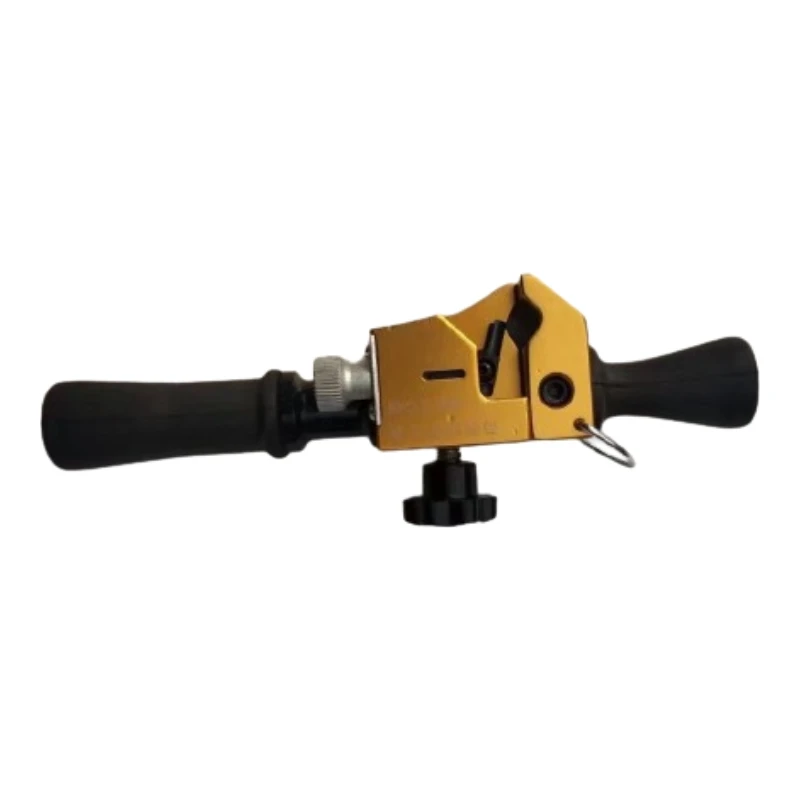
The evolution of what is construction tools is intrinsically linked to advancements in material science and engineering. High-strength, lightweight alloys, advanced composites, and durable polymers are increasingly integrated into tool design, providing enhanced durability and reduced weight, which directly translates to improved handling and extended service life. The focus remains on delivering instruments that not only perform their core function flawlessly but also contribute positively to project timelines, budget adherence, and environmental stewardship.
The Manufacturing Process of High-Quality Construction Tools
The manufacturing of high-performance what are the tools used in building construction involves a rigorous, multi-stage process designed to ensure durability, precision, and safety. This meticulous approach begins with material selection and extends through advanced fabrication techniques, stringent quality control, and comprehensive testing.
1. Material Selection and Preparation:
Premium construction tools begin with high-grade raw materials. This often includes specialized alloy steels (e.g., Chromium-Vanadium, Molybdenum, Tungsten carbide for cutting edges), aerospace-grade aluminum for lightweight components, and high-impact polymers for handles and housings. Materials are selected based on specific application demands, considering factors such as tensile strength, hardness, fatigue resistance, and corrosion immunity. For example, tools exposed to harsh environments like petrochemical or marine applications require materials with exceptional corrosion resistance, often stainless steel or specialized coatings.
2. Primary Forming Processes:
- Casting: Used for complex shapes where high precision and material integrity are critical, especially for heavier components. Molten metal is poured into molds, then cooled and solidified.
- Forging: Imparts superior strength and grain structure to components by shaping heated metal under localized compressive forces. This process significantly enhances impact resistance and fatigue life, crucial for tools like hammers, wrenches, and cutting blades.
- Stamping/Pressing: Ideal for creating intricate shapes from sheet metal, common in structural elements or enclosures.
3. Precision Machining and Finishing:
- CNC Machining: Computer Numerical Control (CNC) machines are indispensable for achieving tight tolerances and complex geometries. This includes milling, turning, and grinding operations, ensuring components fit perfectly and operate with minimal friction or wear. This precision is vital for tools like the Cable Stripper BXQ-Z-40B, where accurate blade alignment and consistent stripping depth are paramount for avoiding cable damage.
- Heat Treatment: A critical step to alter the physical and chemical properties of metals, enhancing hardness, strength, and toughness. Processes include hardening, tempering, annealing, and nitriding, optimizing tools for specific operational stresses and extending their service life.
- Surface Finishing: Applied to improve corrosion resistance, reduce friction, or enhance aesthetics. Techniques include electroplating (e.g., chrome, nickel), powder coating, anodizing, and polishing. For tools used in corrosive environments (e.g., water supply & drainage, petrochemical), specialized coatings provide a crucial protective barrier.
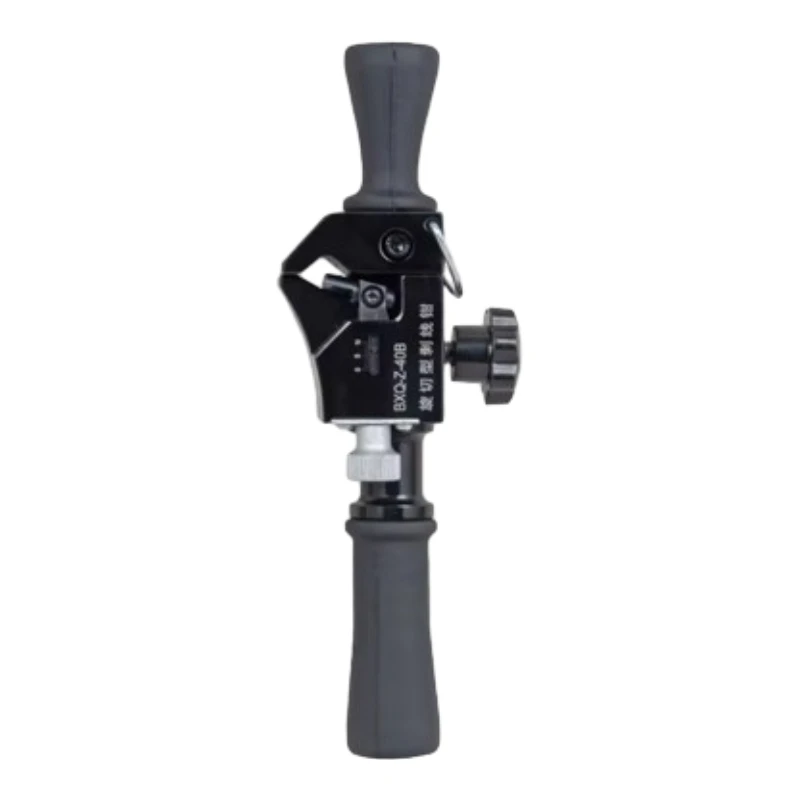
4. Assembly and Quality Assurance:
Components are meticulously assembled, often by skilled technicians. Each tool undergoes rigorous quality control checks at various stages. This includes dimensional verification, functional testing, torque testing, load testing, and electrical safety checks (for powered tools). Adherence to international standards such as ISO 9001 for quality management, ANSI, and ASTM for material and performance specifications is mandatory, ensuring the reliability and consistent performance of what are the tools used in construction.
The emphasis on these processes results in tools with extended service life, often exceeding industry benchmarks, contributing to lower total cost of ownership for businesses in target industries such as petrochemical, metallurgy, mining, and water supply & drainage. The inherent advantages, such as energy-saving operation through optimized design and superior corrosion resistance, are direct outcomes of this detailed manufacturing philosophy.
Technical Specifications and Performance Parameters
The selection of construction tools for B2B applications is heavily predicated on their technical specifications and performance parameters. These metrics dictate the tool's suitability for specific tasks, its efficiency, safety, and long-term cost-effectiveness. Key parameters include power output, torque, operational speed, material compatibility, precision tolerances, and durability ratings.
General Construction Tool Parameters:
| Parameter | Typical Range/Value | Significance for what are construction tools |
|---|---|---|
| Material Hardness (HRC) | 45-65 (for cutting/impact surfaces) | Indicates wear resistance and ability to maintain a sharp edge or withstand impact. Higher HRC often means longer tool life. |
| Tensile Strength (MPa) | Up to 2000 MPa (for high-stress components) | Measures resistance to breaking under tension. Critical for load-bearing and structural tools. |
| Corrosion Resistance | Salt Spray Test: >500 hours | Crucial for tools operating in humid, chemical, or outdoor environments. Extends lifespan and maintains functionality. |
| Power Source (Electric) | 12V-60V (Cordless), 110V-240V (Corded) | Determines portability, power output, and site compatibility. Cordless offers flexibility; corded offers sustained power. |
| Vibration Dampening | Ergonomic design, <5 m/s² (Hand-Arm Vibration) | Reduces operator fatigue and risk of long-term injury, improving productivity and safety. |
| IP Rating | IP54 to IP68 (Dust and water protection) | Essential for tools used in dusty, wet, or harsh outdoor construction environments. |
Featured Product Example: Cable Stripper BXQ-Z-40B
To illustrate the importance of detailed specifications, consider the Cable Stripper BXQ-Z-40B, a specialized tool designed for precision electrical work in industrial settings. Its technical parameters are critical for safe and efficient operation.
| Specification | Value/Description |
|---|---|
| Model | BXQ-Z-40B |
| Stripping Capacity | Ø10-40mm (Cable diameter) |
| Blade Material | High-strength alloy steel (e.g., SK5, Cr-V) |
| Insulation Thickness | Adjustable up to 5mm (typical) |
| Operation Type | Manual, Ratchet Mechanism |
| Weight | Approx. 0.8 kg |
| Application | Stripping outer insulation and semi-conductive layer of cables |
These details ensure that professionals can select the appropriate tool for specific cable types and diameters, guaranteeing clean strips without damaging the conductor, a critical requirement in electrical infrastructure projects.
Application Scenarios and Operational Advantages
The utility of what are the tools used in building construction extends across every phase of a project, from initial groundwork to final finishing. Understanding their specific application scenarios highlights their invaluable operational advantages.
Typical Application Scenarios:
- Site Preparation: Heavy machinery like excavators, bulldozers, and compactors are fundamental for clearing land, leveling, and establishing stable foundations. Handheld tools like sledgehammers, picks, and shovels assist in fine-grading and trenching.
- Structural Construction: Power tools such as drills, impact wrenches, and grinders are crucial for steel framing, concrete pouring, and timber construction. Specialty tools, like rebar cutters and benders, streamline reinforcement processes.
- Electrical and Plumbing Installation: Specialized instruments, including pipe cutters, crimpers, and cable strippers (such as the BXQ-Z-40B), ensure precise and secure connections for utility systems. These tools prevent damage to delicate components, a critical factor for long-term system integrity.
- Finishing and Aesthetics: Tools like sanders, polishers, tile cutters, and paint sprayers are employed for interior and exterior finishing, demanding high precision and ergonomic design for quality output.
- Maintenance and Repair: A comprehensive set of diagnostic and repair tools is essential for ongoing facility management and infrastructure upkeep, ensuring longevity and operational continuity.
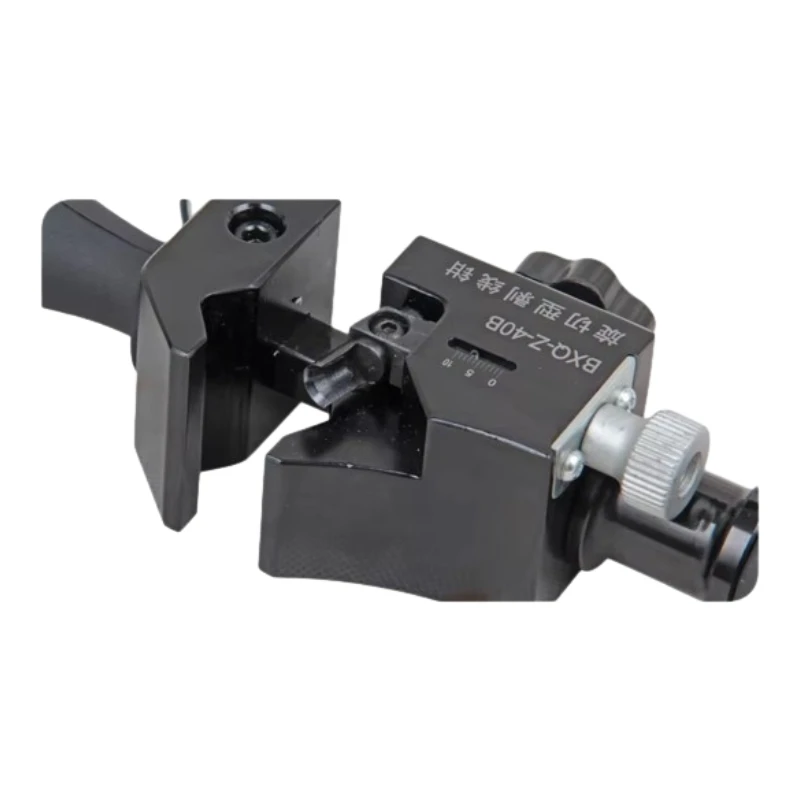
Operational Advantages:
- Enhanced Efficiency: Modern tools significantly reduce manual effort and task completion times. For instance, advanced cordless drills can complete hundreds of fastening operations on a single charge, dramatically speeding up assembly processes.
- Improved Safety: Ergonomically designed tools with features like anti-vibration technology, safety clutches, and integrated dust extraction systems minimize operator exposure to hazards, leading to fewer accidents and a safer work environment.
- Precision and Accuracy: Tools with digital readouts, laser guides, and adjustable settings ensure cuts, measurements, and installations are performed with extreme accuracy, reducing material waste and rework.
- Cost Reduction: By speeding up tasks, reducing labor requirements, minimizing errors, and extending tool lifespan through durable construction, high-quality tools contribute directly to lower project costs and improved ROI.
- Versatility: Many modern construction tools offer modularity or interchangeable components, allowing a single tool to perform multiple functions, thereby reducing the need for a large inventory of specialized equipment.
The strategic deployment of appropriate construction tools is not merely about execution; it's about optimizing the entire construction lifecycle for maximum output and minimal expenditure.
Vendor Comparison and Selection Criteria
Selecting the right vendor for construction tools is a critical decision for any B2B operation, directly impacting project quality, operational efficiency, and long-term cost of ownership. Beyond initial purchase price, several criteria must be evaluated to ensure a synergistic partnership.
Key Vendor Evaluation Factors:
- Product Quality & Innovation: Assess the durability, performance, and technological advancements embedded in their products. Look for evidence of continuous R&D and materials science integration.
- Certifications & Compliance: Verify adherence to international standards (e.g., ISO 9001, CE, ANSI, ASTM). These indicate a commitment to quality management and product safety.
- After-Sales Support & Service: Evaluate warranty terms, availability of spare parts, technical assistance, and repair services. A robust support system minimizes downtime.
- Customization Capabilities: For specialized projects or unique operational demands, a vendor's ability to provide tailored solutions is a significant advantage.
- Reputation & Industry Experience: Longevity in the market, testimonials from reputable clients, and industry recognition serve as indicators of reliability and expertise.
- Supply Chain & Logistics: Efficient lead times, reliable delivery, and global distribution capabilities are essential for project scheduling and execution.
Comparative Analysis of Tool Features (Illustrative):
| Feature/Criterion | Vendor A (Premium) | Vendor B (Mid-Tier) | Vendor C (Economy) |
|---|---|---|---|
| Tool Life Expectancy | 10+ Years (Heavy Duty) | 5-7 Years (Moderate Duty) | 2-3 Years (Light Duty) |
| Warranty Period | 5 Years (Limited Lifetime) | 2-3 Years | 1 Year |
| Precision & Tolerance | High (±0.05mm) | Moderate (±0.15mm) | Basic (±0.5mm) |
| Material Quality | Aerospace-grade alloys, premium composites | Standard industrial-grade alloys | Basic steel, plastics |
| IoT/Smart Features | Integrated (Telematics, Predictive Maint.) | Optional/Basic | None |
| Customer Support | 24/7, Dedicated Account Manager | Business Hours, Standard Support | Email/Web Portal |
This comparative framework allows businesses to align their procurement strategies with their project requirements and budgetary constraints, ensuring the acquisition of construction tools that deliver optimal value and performance.
Customized Solutions and Engineering
While a broad range of standard what are the tools used in construction exists, many complex industrial and infrastructure projects demand highly specialized tools that are not readily available off-the-shelf. This is where customized solutions and bespoke engineering services become indispensable.
Customization involves tailoring tool designs, materials, and functionalities to meet unique operational challenges, specific safety regulations, or unusual material properties. This could range from modifying existing designs for enhanced performance in extreme environments (e.g., high temperature, corrosive atmospheres) to developing entirely new tools from conception based on detailed client specifications.
The Customization Process Typically Involves:
- Needs Assessment: Detailed consultation with the client to understand the specific application, environmental conditions, performance requirements, and regulatory compliance.
- Design & Prototyping: Utilizing CAD/CAM software for precise design, followed by rapid prototyping (e.g., 3D printing) to test ergonomics and functionality.
- Material & Manufacturing Optimization: Selecting specific alloys, composites, or specialized coatings for enhanced durability, corrosion resistance, or specific electrical properties. This might involve unique forging dies, custom CNC programming, or specialized heat treatment cycles.
- Rigorous Testing: Custom tools undergo even more stringent testing protocols to ensure they meet or exceed bespoke performance criteria, often including accelerated life cycle testing and real-world simulation.
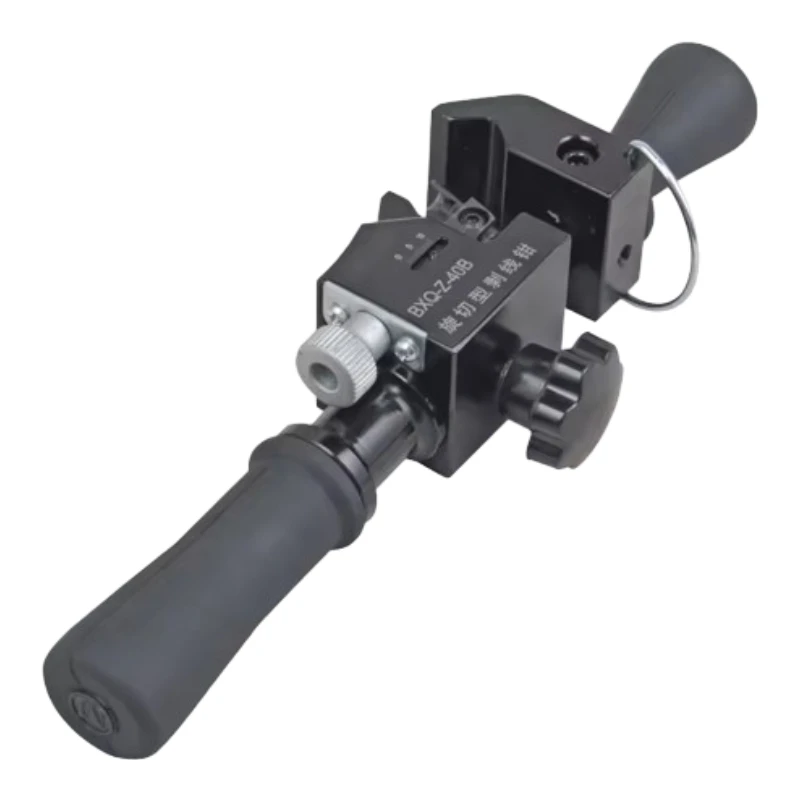
An excellent example of a tool designed with specific industrial requirements in mind is the Cable Stripper BXQ-Z-40B. While a standard product, its design parameters (e.g., stripping capacity of Ø10-40mm, precise blade adjustment) reflect an engineering focus on safely and efficiently handling medium to large diameter cables common in power distribution, telecommunications, and industrial control systems. For scenarios involving unique cable compositions or exceptionally thick insulation, Bilopowtel, for instance, could offer further customization on such a tool, perhaps integrating specialized blade geometries or automated functions to meet exact project demands. This commitment to adaptability ensures that even the most niche operational requirements can be met with engineered precision, reinforcing the importance of partnering with vendors who possess strong R&D and manufacturing flexibility.
Application Case Studies and Real-World Impact
The true value of high-quality construction tools is best demonstrated through their performance in real-world application scenarios. These case studies highlight not only the functional capabilities of the tools but also their broader impact on project success, safety, and efficiency.
Case Study 1: Large-Scale Petrochemical Plant Expansion
Client: Major International Energy Conglomerate
Challenge: The expansion of a petrochemical facility required extensive pipe fitting, structural steel erection, and complex electrical installations within highly corrosive and explosive environments. Tools needed to be non-sparking, corrosion-resistant, and capable of operating under strict safety protocols.
Solution: A suite of specialized tools, including non-sparking wrenches, intrinsically safe power tools, and custom-fabricated pipe alignment clamps made from high-grade stainless steel, was deployed. For critical cable installations, precision strippers like the BXQ-Z-40B, modified with enhanced chemical resistance, were utilized to prepare instrumentation and power cables, ensuring clean cuts and preventing potential short circuits in sensitive control systems.
Impact: The deployment of these high-specification tools led to a 15% reduction in project completion time due to enhanced efficiency and reliability. The superior corrosion resistance minimized tool degradation, reducing replacement costs by 20% over the project's duration. Crucially, the non-sparking tools maintained an impeccable safety record, with zero incidents related to tool failure or environmental ignition.
Case Study 2: Urban Water Supply Network Upgrade
Client: Municipal Water Authority
Challenge: Upgrading an aging water supply network involved replacing extensive stretches of ductile iron and PVC piping. The project required tools capable of precise cutting and joining in confined spaces, often with residual water present, and demanded high durability to withstand continuous use.
Solution: Robust hydraulic pipe cutters and fusion welding tools with high IP ratings (IP67) were supplied. These tools were chosen for their reliability in wet conditions and their ability to make clean, accurate cuts crucial for leak-proof pipe joints. Advanced torque wrenches ensured consistent bolt tightening on flanged connections, meeting strict pressure testing requirements.
Impact: The precision of the pipe cutting and joining tools reduced material waste by 10% and significantly decreased the incidence of leaks post-installation, leading to fewer rework cycles. The high durability of the tools meant minimal downtime for repairs, contributing to the project being completed 8% ahead of schedule. Customer feedback highlighted the tools' ergonomic design, which reduced operator fatigue during prolonged use, leading to greater daily output.
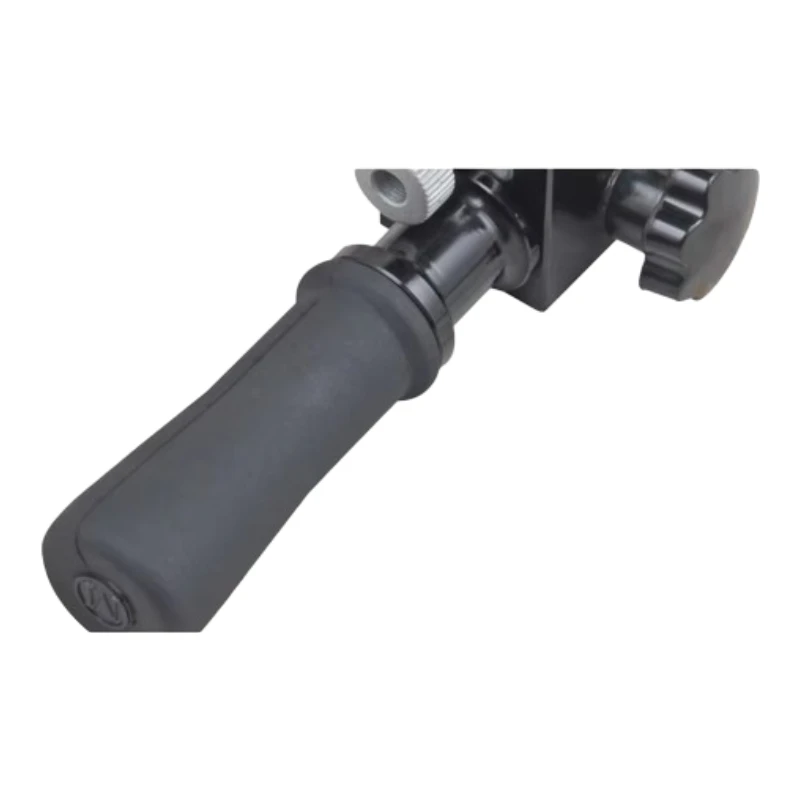
Trust and Reliability: Certifications, Support, and Guarantees
In the B2B sector, trust is built on proven reliability, stringent quality assurance, and robust customer support. A reputable provider of construction tools will demonstrate this through verifiable certifications, transparent service commitments, and a long-standing track record.
Authoritative Certifications & Standards:
Our commitment to excellence is underpinned by adherence to global industry standards. All products are manufactured under ISO 9001 certified quality management systems, ensuring consistent quality and continuous improvement. Key products also meet CE (Conformité Européenne) marking requirements, signifying compliance with European health, safety, and environmental protection standards. Furthermore, where applicable, tools are tested against ANSI (American National Standards Institute) and ASTM (American Society for Testing and Materials) standards, guaranteeing performance and safety for diverse international markets.
Our Partnership Network and Expertise:
With over two decades of experience in delivering high-performance construction tools, we have fostered long-term partnerships with leading engineering firms, utility providers, and industrial contractors globally. Our expertise is reflected in thousands of successful project deployments across petrochemical, energy, metallurgy, and municipal infrastructure sectors. We maintain a team of highly skilled engineers and technical specialists dedicated to product innovation and customer solution development.
Lead Time & Fulfillment:
We understand the critical nature of project timelines. Standard product orders typically have a lead time of 3-5 business days for ex-stock items, with larger or customized orders ranging from 2-4 weeks, depending on complexity and material availability. Our global logistics network ensures efficient and reliable delivery to your operational sites worldwide.
Warranty Commitments:
All our tools come with a comprehensive warranty against manufacturing defects, typically ranging from 1 to 5 years, depending on the product category. Specific warranty details are provided with each product, assuring you of our confidence in the quality and longevity of our offerings. Extended warranty options are also available for critical equipment.
Customer Support & After-Sales Service:
Our dedication to client success extends beyond the point of sale. We offer multi-channel customer support, including dedicated technical helplines, email support, and an online knowledge base. Our experienced service technicians are available for on-site support, training, and maintenance, ensuring optimal tool performance throughout its operational life. Spare parts are readily available through our global distribution network, minimizing downtime for repairs and maintenance.
Frequently Asked Questions (FAQ)
Q: What factors should I consider when selecting construction tools for a large-scale project?
A: Key factors include project scope, material types, environmental conditions, required precision, safety regulations, and long-term cost of ownership. It's crucial to evaluate tool durability, power source compatibility, ergonomic features, and the vendor's after-sales support. Consider the total lifecycle cost, not just the initial purchase price.
Q: How does proper tool maintenance extend service life?
A: Regular maintenance, including cleaning, lubrication, blade sharpening (for cutting tools), battery management, and timely replacement of worn parts, significantly mitigates wear and tear. Adhering to manufacturer guidelines for service intervals can double or triple a tool's effective lifespan, ensuring consistent performance and preventing costly early replacements.
Q: Are there eco-friendly options for construction tools?
A: Yes, the industry is increasingly focused on sustainability. Look for tools with energy-efficient motors, rechargeable battery systems, and those made from recycled or sustainably sourced materials. Many manufacturers are also implementing programs for tool recycling and responsible disposal. Lower vibration and noise levels also contribute to a healthier work environment.
Q: What is the benefit of investing in customized construction tools?
A: Customized tools are engineered to address specific, often unique, project requirements that standard tools cannot adequately meet. Benefits include enhanced precision, increased safety in hazardous environments, optimized performance for specific materials, and significant efficiency gains, leading to superior project outcomes and reduced operational risks.
Q: How do I ensure compliance with safety standards when using construction tools?
A: Always select tools that meet relevant international and local safety standards (e.g., CE, ANSI, OSHA). Ensure proper training for all operators, conduct regular safety inspections, and maintain tools according to manufacturer guidelines. Utilize personal protective equipment (PPE) as required, and always follow site-specific safety protocols.
References
- ISO. (n.d.). ISO 9001 - Quality management. Retrieved from https://www.iso.org/iso-9001-quality-management.html
- ANSI. (n.d.). About ANSI. Retrieved from https://www.ansi.org/about
- ASTM International. (n.d.). Standards. Retrieved from https://www.astm.org/standards
- Occupational Safety and Health Administration (OSHA). (n.d.). Construction Industry. Retrieved from https://www.osha.gov/construction
- European Commission. (n.d.). CE Marking. Retrieved from https://ec.europa.eu/growth/single-market/ce-marking_en
Latest news
Hydraulic Crimping Tool – Precision & Heavy-Duty Speed
NewsNov.05,2025
Cable Pulling Swivel | High-Strength, Anti-Twist, Stainless
NewsNov.04,2025
Cable Pulling Tools – Pro-Grade, Safe, Fast Install
NewsNov.03,2025
Hydraulic Crimping Tool – Fast, Precise, Quick-Change Dies
NewsNov.02,2025
Hydraulic Crimping Tool for Sale | Fast, Precise, Heavy-Duty
NewsNov.01,2025
Duct Rodder for Sale – Non-Conductive, Durable Fiberglass
NewsOct.31,2025









